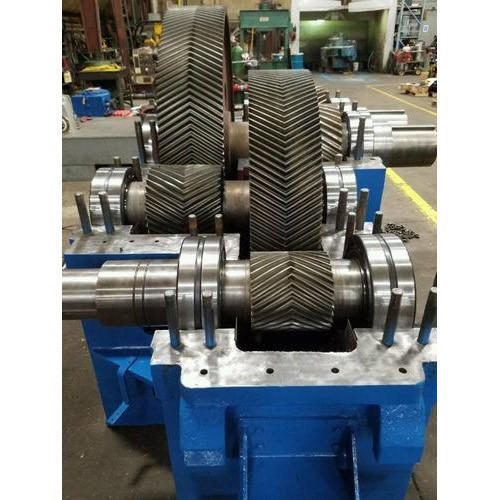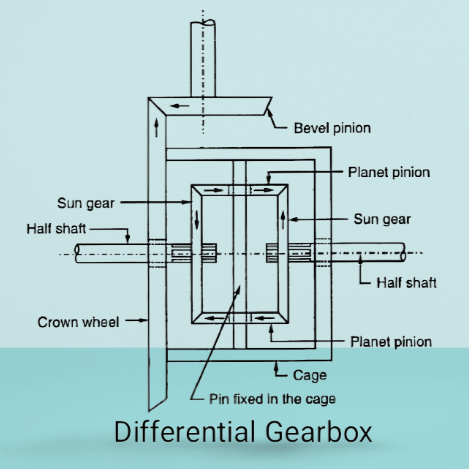Problem: Inefficient Clutch Systems
Traditional clutch systems can be inefficient and cumbersome. They often lead to increased wear and tear and require constant manual operation. This can result in higher maintenance costs and reduced vehicle performance.
Agitation: The Drawbacks of Conventional Clutches
Imagine constantly struggling with a manual clutch that wears out quickly and needs frequent adjustments. This not only increases your vehicle’s downtime but also adds to your repair bills. Friction clutches, including cone and single plate clutches, can be particularly challenging due to their mechanical limitations. You need a better solution that offers smooth operation, less wear, and automated engagement.
Solution: Electromagnetic Clutch
Enter the electromagnetic clutch, a game-changer in the world of vehicle performance. This clutch works with an electrical winding embedded in the flywheel, allowing for effortless engagement and disengagement through ionizing and deionizing the winding. Here’s how it works and why it’s the ideal choice:
Components of Electromagnetic Clutch
- Flywheel: Connected to the engine shaft, it transmits power to the clutch shaft.
- Winding: Energized by the vehicle’s battery, it attracts the pressure plate to engage the clutch.
- Clutch Plate: Positioned between the flywheel and the pressure plate, it facilitates power transmission.
- Pressure Plate: Presses the clutch plate against the flywheel to engage the clutch.
Working of Electromagnetic Clutch
- Flywheel and Winding: The flywheel is connected to the engine shaft. The winding, embedded in the flywheel, receives current from the battery.
- Clutch Plate and Pressure Plate: The clutch plate, lined with friction surfaces, slides on the clutch shaft. The pressure plate presses the clutch plate into the flywheel.
- Engagement: When the winding is energized, it attracts the pressure plate, engaging the clutch.
- Disengagement: Cutting off the power to the winding disengages the clutch. This can be done by pressing the release switch on the gear lever.
- Spring Mechanism: Three springs balance the reduction of electromagnetic force at low speeds, ensuring efficient operation.
Advantages of Electromagnetic Clutch
- Remote Installation: No need for linkage, allowing for remote installation.
- Ease of Operation: Simple to operate, reducing driver fatigue.
- Minimal Wear and Tear: Less wear at contact points, increasing the lifespan of the clutch.
- Automatic Transmission: Can be used for automatic transmission, enhancing vehicle performance.
Disadvantages of Electromagnetic Clutch
- Initial Cost: Higher initial cost compared to traditional clutches.
- Heat Capacity: Limited operating temperature, which can be a drawback in high-heat environments.
Applications of Electromagnetic Clutch
Electromagnetic clutches are versatile and used in various applications:
- Automobiles: Employed in some Renault cars.
- Machinery: Used in copy machines, lawnmowers, conveyor drives, printing machinery, food processing machinery, packaging machinery, and factory automation.
The electromagnetic clutch represents a significant advancement in clutch technology, offering numerous benefits over traditional systems. Its ease of operation, reduced wear and tear, and ability to facilitate automatic transmission make it a superior choice for modern vehicles and machinery.


